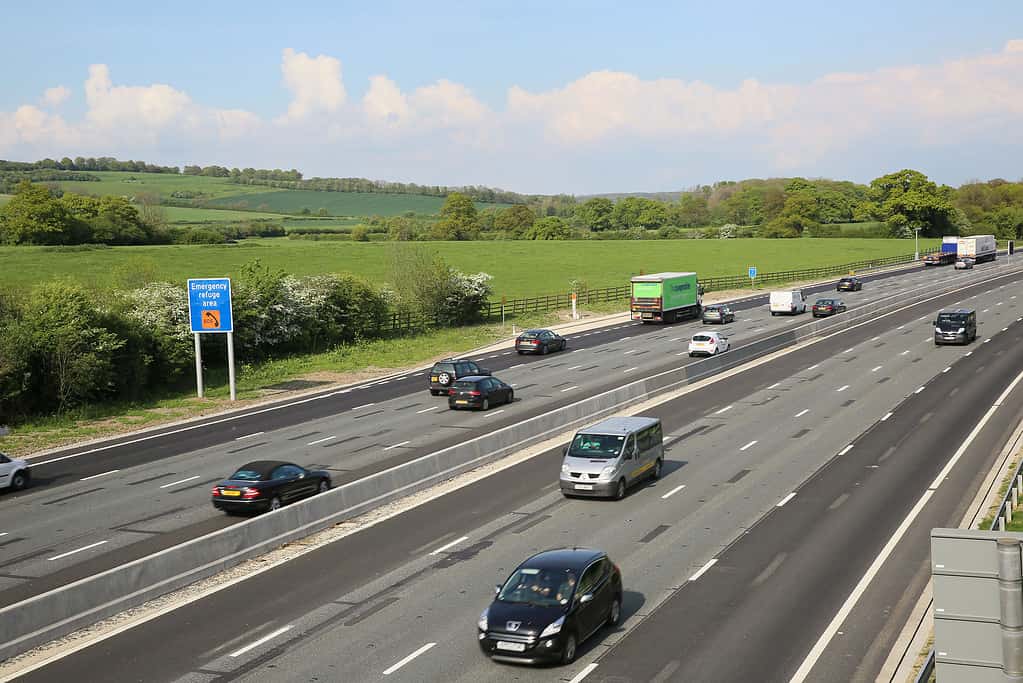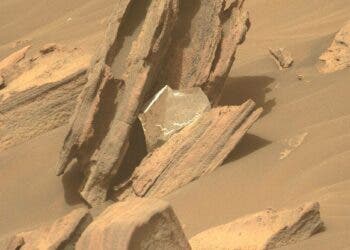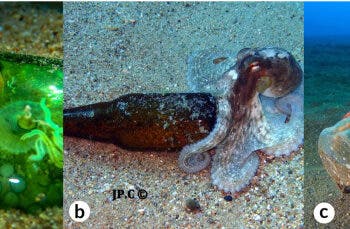Littering sucks. But still, too many people do it; and when they do it, it’s hard to watch them. But it could get easier.
No more having to go through hours of footage to identify anyone who has thrown trash out of their cars when driving through a highway — at least in the UK. The government is now setting up artificially intelligent cameras on highways as part of a trial run in the South East of England to act on what’s a growing problem.

Unlike the currently operational CCTV cameras, these new AI devices will automatically send the identified littering offences to the enforcement control room. There, the officers will review the images and issue a fine of up to $126 using the car’s license plate. It’s a much easier and faster process that could lead to more fines.
The trial run comes after the Clean Up Britain campaign group threatened to take legal action against the UK’s highways body if they didn’t reduce the amount of trash on the highways. “We should all be truly ashamed of how disgusting and litter-strewn our country has become,” John Reade, the campaign’s founder, said in a blog post.
Reade said the highway body was having a “shameful and scandalous track record of inaction and dereliction of duty.” There’s a “tsunami of litter which is festering all over the roads, in every part of the country,” he added, claiming the highway body is “guilty of professional negligence, contractual amateurism, and wasting public money.”
Tackling highway waste
In an effort to address the problem, the UK highways body partnered up with East Hampshire County Council subsidiary, EHCS Commercial Services, who will manage the cameras. The exact location of the cameras wasn’t disclosed but according to The Telegraph they will be set up on the A3, a road which connects the cities of Portsmouth and London.
The cameras are just one way the highway body is trying to tackle the growing waste problem. They will also set up solar-powered compacting trash cans, which regularly crush trash to free up more space in the bins when they begin to overflow. They will also install a system that sends adverts to drivers’ phones warning them not to litter.
About 40% of the National Highways roads got a B grade for trash, meaning there were high levels of trash found, Richard Holden, UK’s Roads Minister, said last month. The Scottish government reported in 2019 that 1,300 bags, or nearly seven tons, of rubbish is gathered from the side of Scotland’s main highways, M8 and M9, every month.
Freda Rashdi, the National Highways head of customer journeys, told The Telegraph that littering has become a social problem across the country and that they are working to address it. “But if people don’t drop litter in the first place it wouldn’t need to be picked up – so we urge road users to take their litter home,” she added.
In March, Clean Up Britain published a ten-point “motorway action plan”, aiming to address what it calls England’s “hyper-littered” motorways. The plan suggests setting up more cameras, increasing fines to $1.000, taking points out of the driver’s license of those who litter and allowing people to report and upload evidence of littering.






